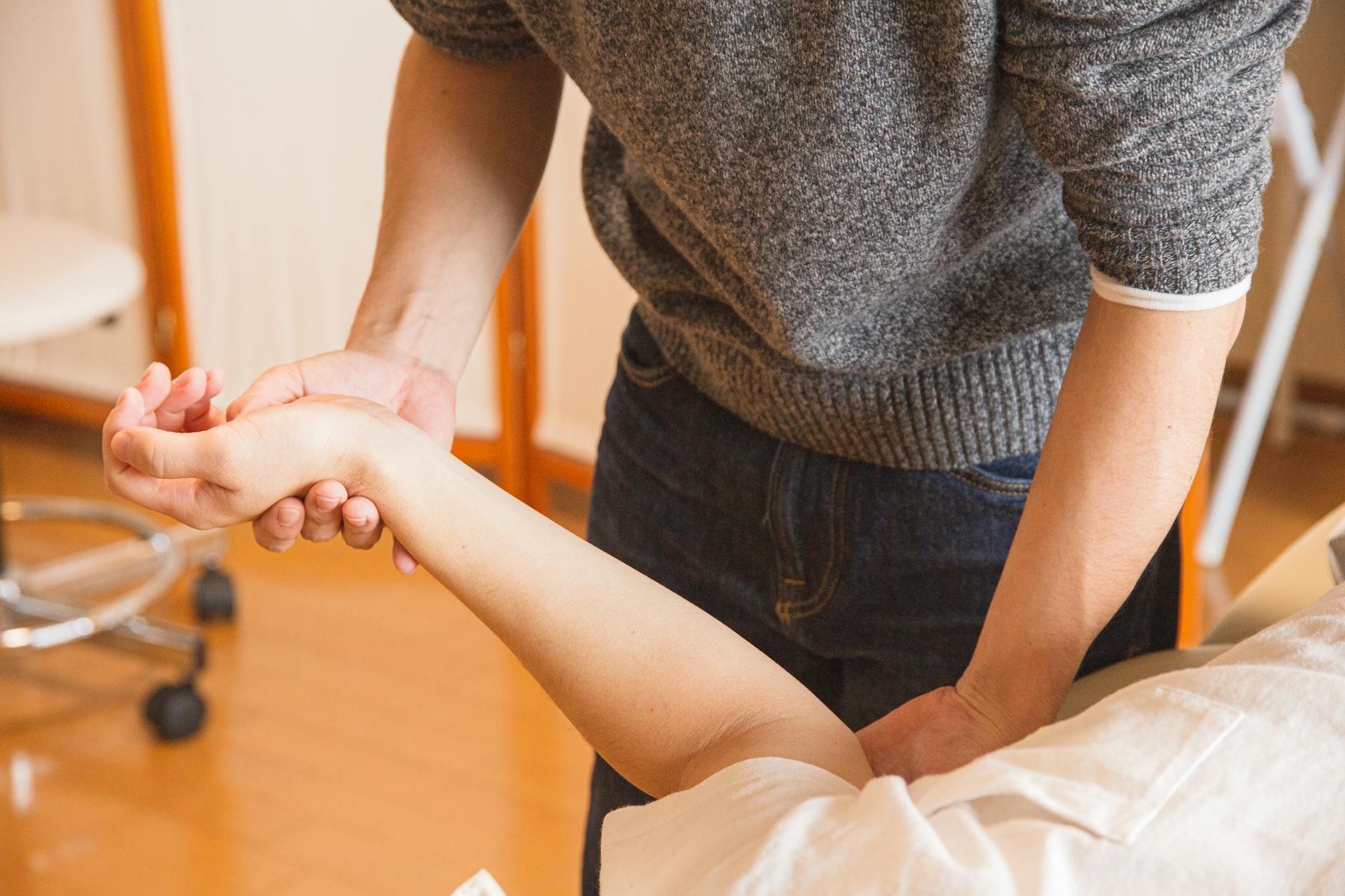Discover the powerful steps to finding peace and navigating PTSD on the road to recovery. Your mental health matters.
Table of Contents
Life is full of challenges, some more visible than others. While physical ailments may manifest in obvious ways, mental health conditions can often be hidden from plain sight, yet their impact can be just as severe. In this blog post, we will take a deep dive into Post-Traumatic Stress Disorder (PTSD), shedding light on its symptoms, treatment options, and most importantly, how individuals can find peace and reclaim their lives.
Coping with Trauma: Understanding PTSD
PTSD is a mental health condition that can develop after experiencing or witnessing a traumatic event. The symptoms of PTSD can be debilitating, affecting a person’s daily life and overall well-being. These symptoms may include flashbacks, nightmares, severe anxiety, and uncontrollable thoughts about the traumatic event.
Survivors of PTSD often find themselves trapped in a cycle of fear and anguish, unable to break free from the haunting memories of their past trauma. It is essential to remember that PTSD is not a sign of weakness; it is a natural response to an unnatural and distressing event.
Seeking Help: The Importance of Professional Support
If you or someone you know is struggling with symptoms of PTSD, seeking professional help is a crucial step towards recovery. A mental health provider, such as a therapist or psychiatrist, can offer guidance, support, and evidence-based treatments to help individuals cope with their traumatic experiences.
Therapy, particularly Cognitive Behavioral Therapy (CBT), has been shown to be highly effective in treating PTSD. Through CBT, individuals can learn to identify and challenge negative thought patterns, develop healthy coping mechanisms, and gradually confront their fears in a safe and supportive environment.
Healing Trauma: Self-Care and Coping Strategies
In addition to seeking professional help, self-care practices and coping strategies can play a significant role in managing PTSD symptoms and promoting healing. Engaging in regular exercise, maintaining a healthy diet, practicing mindfulness and relaxation techniques, and forming strong social connections are all essential components of self-care for individuals with PTSD.
| Stage | Description | Activities |
|---|---|---|
| 1. Acknowledgment | Accepting the presence of PTSD and its impact on daily life. | – Seek therapy – Journaling – Join support groups |
| 2. Education | Learning about PTSD, its symptoms, and triggers | – Read books/articles – Attend workshops/seminars – Consult with mental health professionals |
| 3. Coping Strategies | Developing healthy coping mechanisms to manage symptoms | – Mindfulness meditation – Exercise – Creative outlets |
| 4. Treatment | Seeking professional help and exploring treatment options | – Therapy (CBT, EMDR) – Medication – Holistic approaches |
| 5. Self-care | Prioritizing self-love and self-care practices | – Healthy diet – Regular sleep schedule – Setting boundaries |
| 6. Recovery | Continuing to work towards healing and finding peace | – Celebrate small victories – Practice gratitude – Share your story |
Furthermore, engaging in activities that bring joy and a sense of fulfillment can help individuals regain a sense of control and agency in their lives. This could include pursuing hobbies, volunteering, or practicing creative outlets such as art or music.
A Path to Recovery: Finding Peace and Resilience
Recovery from PTSD is a journey that requires patience, perseverance, and an unwavering belief in one’s ability to heal. While the road to recovery may be challenging, it is important to remember that healing is possible, and no one has to face their trauma alone.
By seeking professional help, practicing self-care, and engaging in supportive relationships, individuals with PTSD can begin to heal their wounds and reclaim their lives. Finding peace and resilience in the aftermath of trauma is not only possible but achievable with dedication, commitment, and a willingness to embark on the journey towards healing.
Remember, healing is a process, not an event. Take each day as it comes, be gentle with yourself, and know that with time, support, and perseverance, you can overcome the shadows of your past and step into a brighter, more hopeful future.
The road to recovery from PTSD may be long and winding, but with the right tools and support, it is a journey that leads to profound transformation, healing, and ultimately, peace.
FAQs
Can PTSD be cured?
While there is no definitive “cure” for PTSD, with proper treatment and support, individuals can learn to manage their symptoms effectively and lead fulfilling lives.
How can I support a loved one with PTSD?
Offer empathy, patience, and understanding. Encourage them to seek professional help and provide emotional support through active listening and validation of their experiences.
Are there alternative therapies for PTSD?
Yes, alternative therapies such as mindfulness meditation, yoga, equine therapy, and art therapy have shown to be beneficial in managing PTSD symptoms and promoting healing.
How long does PTSD recovery take?
The duration of PTSD recovery varies for each individual. It is a gradual process that may take months or even years. With time, self-care, and professional support, individuals can make significant progress towards healing.





